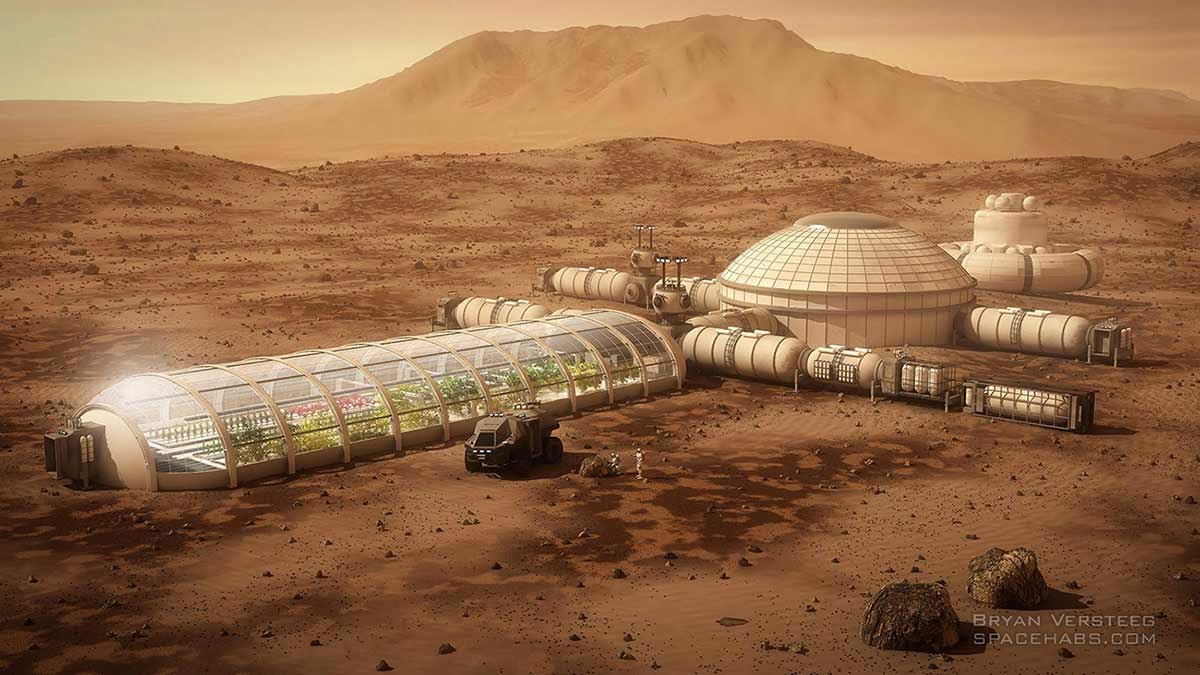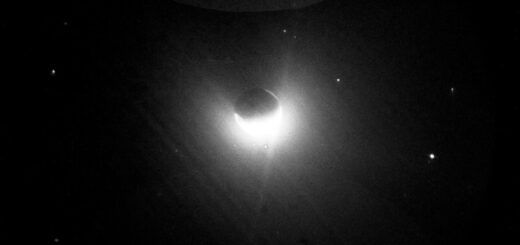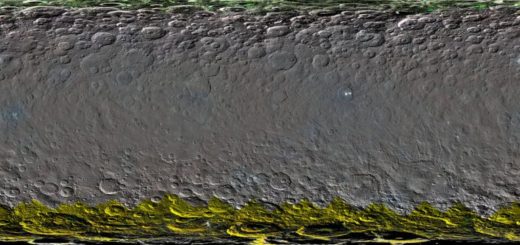TOP 6 Most Amazing Scientific and Technological Advancements in 2014

This year promises to be absolutely amazing in terms of scientific and technological achievements!
1. Sending humans to Mars
Elon Musk, a billionaire visionary and owner of SpaceX (yes, this guy actually owns a private space company), promised to establish the first permanent base on Mars. The process will begin this year, with the launch of their latest high tech rocket, entitled Falcon Heavy.
At first, Falcon Heavy (which will come in various models, including the most powerful rocket to date) will deliver 13,200 kg (29,000 lb) of cargo/trip to Mars. Only after the necessary equipment will be safely delivered to Mars, humans will follow.
Elon Musk announced to an audience at the Royal Aeronautical Society in London, that he envisions a Martian colony of up to 80,000 vegetarians. Of course, this takes time and money to build.
The first humans heading to Mars would have machines to produce fertilizer, oxygen and methane from Mars’ atmosphere and subsurface water ice with them on the big booster, as well as construction materials to build big transparent domes to grow Earth crops in.
“At Mars, you can start a self-sustaining civilization and grow it into something really big,” Musk told an audience at the Royal Aeronautical Society in London, according to Space.com. [1] 2. Sending more humans to Mars… with a Magnetoplasma Rocket
If this sounds high tech and fancy to you, it’s because that’s exactly what it is. The Variable Specific Impulse Magnetoplasma Rocket, or VASIMR in short, is an experimental engine set to be tested aboard the ISS, late this year.
If it works, this rocket could get us to Mars in three months, which is more than 3 times faster than anything that we have today. If you’re not very impressed, then you should know that the distance to Mars is 54 million miles, which is a little over 226 times the distance to our Moon.
So how does it all work?
To simplify the process enormously: existing chemical rockets only produce short bursts of speed as they burn a vast amount of fuel in one go, but at a relatively low velocity. By contrast, VASIMR takes a tiny bit of propellant (plasma), heats it to very high temperatures (two million degrees centigrade) using radio waves, then uses magnetic fields to push it out at extremely high velocities. The result is a steady and continuous acceleration to higher speeds, while using far less fuel – in theory.
One current problem is the power required to heat the plasma. For short, near-Earth flights, the solar panels suffice. But a mission to Mars would require a far bigger, continuous, power supply. This could be achieved with a nuclear reactor – but it needs to be small and safe enough for the journey.
“For the sci-fi fans among us, VASIMR even burns with the same bluish tint and luminescence of fictional spaceships engines. Which is what scientists like to call ‘the clincher’.” [2]
3. Landing on a comet
Nope, it’s not science fiction! The spacecraft of the European Space Agency (ESA) “Rosetta” will orbit the Churyumov-Gerasimenko comet and land on its surface.
The celestial body is currently moving at a speed of 16 km/s, and the Rosetta spacecraft is catching up with it, at a speed of 800 m/s. In November 2014 the spacecraft will separate from the landing module and it’s destined to become the first spacecraft to land on a comet.
The on-board laboratory will study soil samples and send the results back to Earth. The goal is to find out whether our oceans and various molecules necessary for life to occur, owe their existence to these celestial bodies.
4. Cloning human ancestors
“Cloning dinosaurs using DNA samples remains possible only in the movie “Jurassic Park“, but scientists make substantial gains in reading genome of ancient creatures – though not so ancient as the dinosaurs. In 2014, the genome of the distant human ancestor Homo Erectus, who lived on Earth for more than one million years ago, may be assembled.
Until recently, reading the genome of hominids was not easy: the DNA is best stored in a cool climate, and human ancestors lived mainly in the tropics. However, as recently shown by the example of reading mitochondrial genome of ancient human remains found in Spain, under the right conditions, DNA can be preserved in a warm climate.” [3]
I’m not sure this is the wisest thing to do, but scientists are planning to do it anyways. In my opinion, just because we can do something, it doesn’t mean that we should. We are simply not wise enough to undertake such a responsibility – though I doubt anyone even cares.
5. Child born from three parents
If the British Parliament will allow this new form of vitro fertilization, then the first child born from three parents can come to the world in 2014. This will allow thousands of women with mitochondrial disease to avoid transmitting it to their children.
Mitochondria have their own DNA, which is passed through the maternal line, and is different from the chromosomes in the cell nucleus. There is a way to avoid transmission of mitochondrial abnormalities: it is necessary to take a donor egg with normal mitochondrial DNA and the cell nucleus from an egg of expectant mother.
Most experts on bioethics argue that providing only 0.1% of the child’s DNA, the donor will not be considered its parent neither from legal nor ethical point of view. [4]
6. Commercial space travel
“Virgin Galactic” aerospace company launches this year. Despite delays in testing, Sir Richard Branson’s dream of making money in space is nearing reality. A test flight was completed in April, and it was announced in November that television network NBC has agreed to televise the first ever public flight from New Mexico “sometime in 2014”.
Tickets are now available for sale and you can book your flight to space online. Everything sounds almost surreal – just as the price for a ticket: US $250,000. Yup, it’s that many zeros!
But this opens a whole new chapter in our history and the implications are amazing!
One of the things that I’m most interested in is the so called “Overview Effect”. First described by author Frank White in 1987, the Overview Effect is described as a “life-altering experience”.
Astronauts who have seen the Earth from space have often described the ‘overview effect’ as an experience that has transformed their perspective of the planet and mankind’s place upon it, and enabled them to perceive it as our shared home, without boundaries between nations or species.
Space tourism will be a hype in the near future, and it will become more affordable, which means that more people will experience the overview effect… and Heavens know (pun intended) what else!
Will this be the much-needed trigger for humans to change their destructive ways? Only time will tell, but I’m definitely adding this to my “Bucket list”.
By Alexander Light, HumansAreFree.com; | References: Learning Mind, the Telegraph;



 Creators of mankind
Creators of mankind Description of “Tall white aliens”
Description of “Tall white aliens” Where they came from?
Where they came from? About hostile civilizations
About hostile civilizations The war for the Earth
The war for the Earth “Tall white aliens” about eternal life
“Tall white aliens” about eternal life Video: “Nordic aliens”
Video: “Nordic aliens” Aliens
Aliens Alien encounters
Alien encounters The aliens base
The aliens base UFO
UFO Technology UFO
Technology UFO Underground civilization
Underground civilization Ancient alien artifacts
Ancient alien artifacts Military and UFO
Military and UFO Mysteries and hypotheses
Mysteries and hypotheses Scientific facts
Scientific facts


















